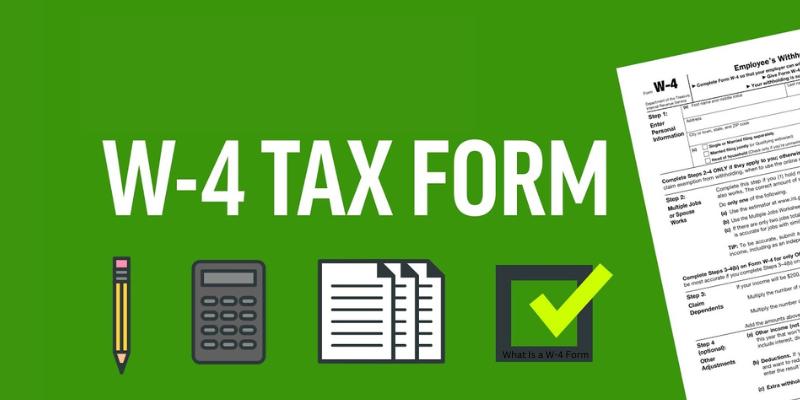Have you ever wondered why some stocks have no par value? You may be surprised to learn just how common this is. Some of the most well-known companies in the world have opted for this solution when listing their stock.
This can mean that traders can buy and sell various financial instruments on markets like the NYSE or NASDAQ without worrying about fixed prices or trading parameters. But what exactly is meant by 'no par value,' and why might it be beneficial when considering share ownership?
In this post, we'll dive deeper into these topics so investors can decide whether they want to invest in such stocks.
What is Par Value, and why is it important
Par value is a stock's nominal or face value, as stated by the company issuing it. This is an important concept to understand when investing in stocks because it helps determine factors such as dividends and voting rights. It also affects how much capital investors must raise to purchase the stock. Furthermore, par value can determine the minimum price at which a stock can be sold.
A stock with no par value means the issuing company has not assigned any specific monetary value. This is different from stocks with a designated par value, which has an identifiable worth associated with them. So why would a stock have no par value?
Why Would a Stock Have No Par Value?
The primary reason why companies choose not to assign a par value is because it may result in more capital being raised for the company. This is because some states have laws designed to protect investors from paying too much for stocks and setting a par value could limit the amount of capital the company can raise.
Another reason why companies may opt not to assign a par value is because they want to maintain greater control. For example, when a stock has no par value, it gives the issuing company more freedom to determine how much money shareholders must pay. This benefits the company because it can then retain more of its profits.
Finally, having no par value can make it easier for the company to issue additional shares in the future. Companies with stocks with a designated par value may need to adjust their capital structure when issuing additional shares, which can be more time-consuming and costly.
What are the benefits of having no par value for a stock?

One of the primary benefits of having no par value for a stock is that it simplifies issuing and transferring shares. When no par value is assigned to each share, companies do not have to assess the price at which they sell new shares nor record any additional information regarding their sale. Thus, the process of issuing and transferring stock is streamlined. Additionally, no par value eliminates certain legal liabilities associated with assigning a par value to each share of stock.
Having no par value for a stock may also be beneficial in calculating dividends. Companies are not obligated to pay dividends to shareholders if their stock has no par value. This makes it easier for companies to retain profits and reinvest them in the business rather than having to pay out a dividend of a certain amount based on the par value of each share.
No par value stocks also provide greater flexibility when setting up capitalization structures. Without having to assign a specific price per share, companies can use various methods to determine the value of their stock and issue different classes of shares with different voting rights or dividends.
How does this affect the stockholders?
When a stock has no par value, the company can issue more shares without raising capital. This makes it easier for companies to respond quickly to market changes and opportunities if they need additional cash. Additionally, since the company does not have to set a specific dollar amount for each share of stock, shareholders may be able to purchase shares for a lower price than if the stock had a par value.
This can benefit shareholders who may need more funds to purchase shares with a high par value. However, it is important to understand that despite having no par value, shareholders will still be entitled to any dividends declared by the company and any voting rights associated with their shares.
On the other hand, issuing stock with a par value may give shareholders more confidence in their investment as they can be assured that they are not investing in a company where the stock price is lower than it is worth.
Pros and cons of having no par value

No par value stocks have advantages and disadvantages compared to those with a set par value. On the plus side, having no par value allows companies greater flexibility when issuing new shares. Companies can adjust their available shares more easily without assigning a certain dollar amount per share while considering current market conditions. In addition, the lack of a set par value can reduce paperwork and administrative costs associated with issuing new shares.
On the other hand, having no par value may make it more difficult to accurately evaluate a company or its stock price. With a set amount per share that investors can use as a starting point for valuing the company, it may be easier to determine an accurate stock market value. Additionally, some jurisdictions require a minimum par value when issuing new shares, limiting the options for companies with no par value.
FAQs
Can common stock have no par value?
Yes, common stock can have no par value. This means the stock issuer may not need to track certain financial information associated with a set par value.
Can the par value of a stock be 0?
Yes, the par value of a stock can be set to 0. This means the stock has no legal or stated value and is likely based on market forces and speculation.
What is the disadvantage of no par value shares?
The main disadvantage of no-par value shares is that they can be more difficult to track and manage. Because there is no set legal or stated value associated with the stock, investors may have difficulty determining the true worth of their investment.
Finally, investors may need help determining when to buy and sell the stock, as there is no set value from which to gauge performance. As a result, investors may be more exposed to market volatility and risk.
Conclusion
Overall, it is essential to understand the concept of par value and its implications when investing in stocks with no par value. Investors must weigh the advantages and disadvantages and consider their risk appetite when evaluating investments utilizing this strategy. Understanding why this exists and how it works can allow each investor to maximize their returns.



